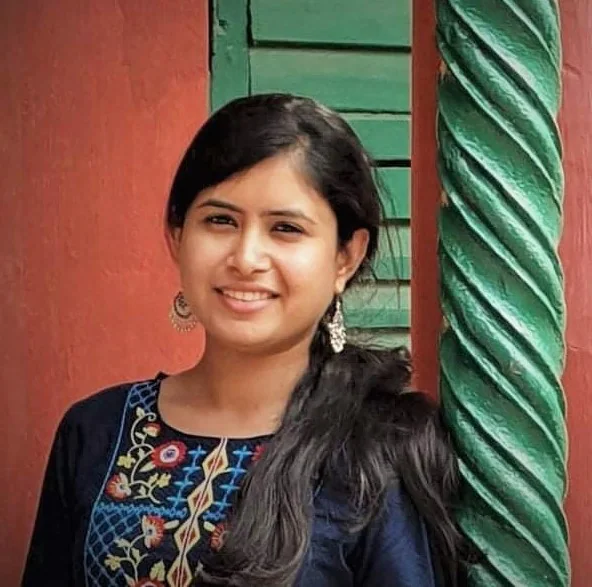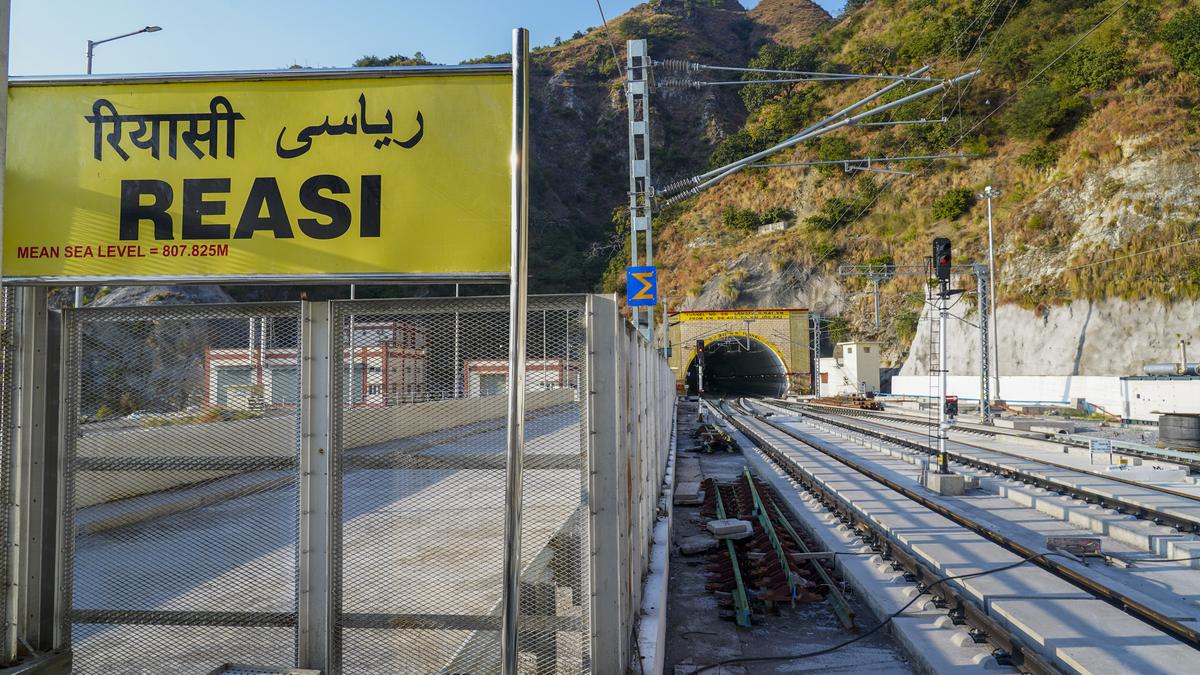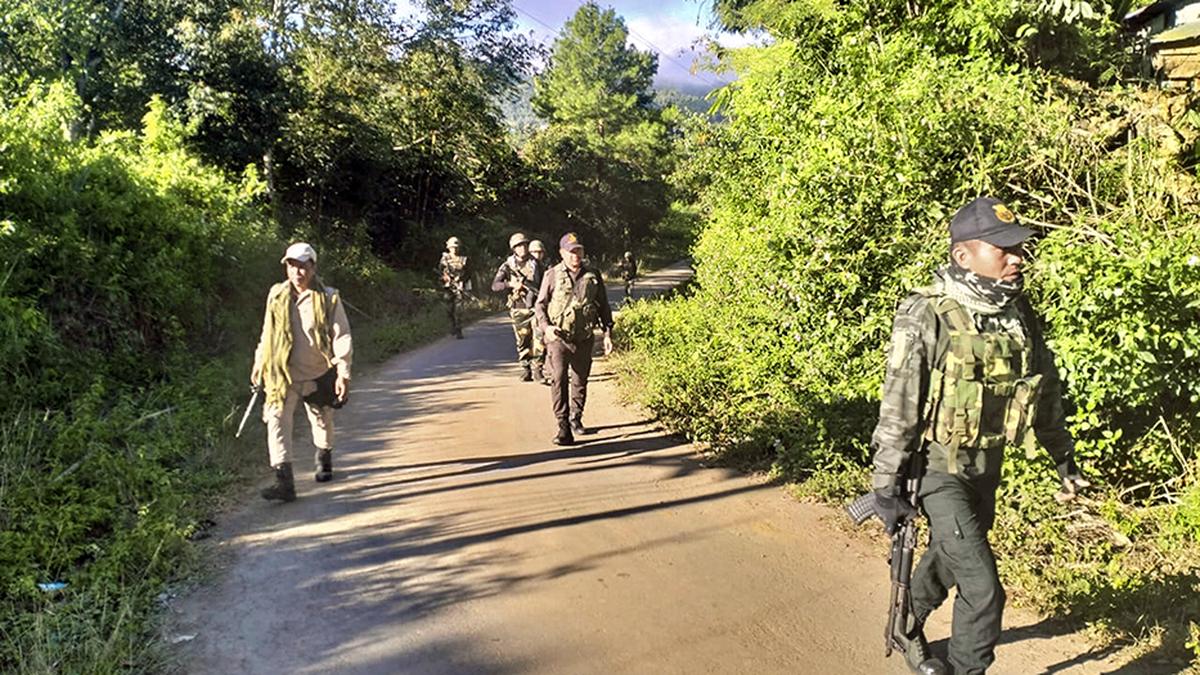ARTICLE AD BOX
Last Updated:June 03, 2025, 20:19 IST
The disaster occurred on 24 May when a Liberian-flagged cargo ship carrying 643 containers, including 13 known to contain hazardous materials, capsized off the coast of Kochi

The 10-day scientific voyage will assess the disaster’s impact on marine life and fisheries, using underwater cameras to detect oil leaks and signs of stress in ocean creatures. (Photo: PTI file)
Days after a Liberian-flagged ocean vessel carrying hazardous cargo sank in the Arabian Sea, scientists embarked on a 10-day research cruise to investigate its potential ecological and biogeochemical impacts on the southern section of the sea.
The 10-day scientific voyage will assess the disaster’s impact on marine life and fisheries, using underwater cameras to detect oil leaks and signs of stress in ocean creatures. Launched by the Centre for Marine Living Resources and Ecology (CMLRE) under the Ministry of Earth Sciences on Tuesday, the targeted oceanographic research cruise will remain at sea until 12 June.
Operating out of Kochi, the cruise will follow a loop track from Kochi back to Kochi, covering a carefully charted section of the south-eastern Arabian Sea, focusing on the wreck site. The study area will encompass 16 research stations along two north-south lines, spaced 10 nautical miles apart to ensure comprehensive coverage of the region around the sunken vessel.
Underwater cameras will be deployed to visually inspect the wreck for structural damage, oil leaks, or stressed marine organisms. A Big Eye camera will be used for extensive surface monitoring. The team will also operate high-end acoustic systems, including the Long-Range SONAR SX90 and multiple-frequency split-beam echo sounders.
These tools are designed to locate the wreck, map the area and water column disturbances, and detect signs of stress or changes in marine life behaviour due to the spill. “We will monitor both biogeochemical and ecological parameters in the shipwreck area, as well as the regional hydrography and ocean currents using advanced instruments and methods," the team said.
The scientists also aim to understand the physical structure and water circulation in the impacted zone, crucial for tracking pollutant dispersion.
UNDERWATER CAMERAS DETECT SIGNS OF STRESS IN MARINE LIFE
With this mission, scientists aim not only to quantify the immediate environmental impact but also to establish the basis for long-term ecological monitoring and mitigation strategies. The extensive data gathered will provide information on the extent of the environmental damage.
The team comprises experts in physical oceanography, marine biology, fisheries acoustics, marine chemistry, fisheries, and environmental toxicology, who will also conduct chemical and biological sampling during the operation. They will analyse critical chemical and biogeochemical parameters, including dissolved oxygen, chlorophyll, various nutrients, heavy metal content, trace elements, pH, and particulate organic matter and carbon.
Furthermore, these samples will also facilitate microplastic and ecotoxicology analyses, along with assessments of phytoplankton, zooplankton, and fish egg and larvae distribution and health. “Concurrently, sediment samples will be collected using grab samplers at all 16 stations to examine benthic fauna and assess seabed contamination."
TOXIC THREAT LOOMS OVER CRITICAL BIODIVERSITY SPOT
The disaster occurred on 24 May when a Liberian-flagged cargo ship carrying 643 containers, including 13 known to contain hazardous materials, capsized off the coast of Kochi en route from Vizhinjam to Kochi Port. While all crew members were rescued safely, the Indian Coast Guard confirmed that some containers had fallen into the sea.
This maritime disaster has raised serious environmental concerns due to the potential release of toxic substances into one of the most biologically productive regions of the Indian ecosystem. The Arabian Sea is a biodiversity hotspot, particularly during the monsoon season, which is crucial because the Kochi to Kanyakumari sector is an active spawning and breeding ground during May and June (the initial phase of the monsoon).
Scientists emphasise that most commercially important pelagic fish, such as sardines, mackerel, and anchovies, prefer this area for breeding. Therefore, any disturbance in this fragile marine environment has cascading effects on regional ecology and livelihoods, especially in a country where millions depend on marine resources.
“Through this cruise, we are not only responding promptly to an environmental emergency but also demonstrating the critical role of scientific research in marine disaster response," the institute said in a statement.

Srishti Choudhary, Senior Assistant Editor at CNN-News18 specializes in science, environment, and climate change reporting. With over a decade of extensive field experience, she has brought incisive ground repo...Read More
Srishti Choudhary, Senior Assistant Editor at CNN-News18 specializes in science, environment, and climate change reporting. With over a decade of extensive field experience, she has brought incisive ground repo...
Read More
- Location :
- First Published:
News india Scientists Embark On 10-Day Research Cruise To Probe Hazardous Shipwreck In Arabian Sea



.png)
.png)
.png)
















 3 days ago
5
3 days ago
5









 English (US) ·
English (US) ·